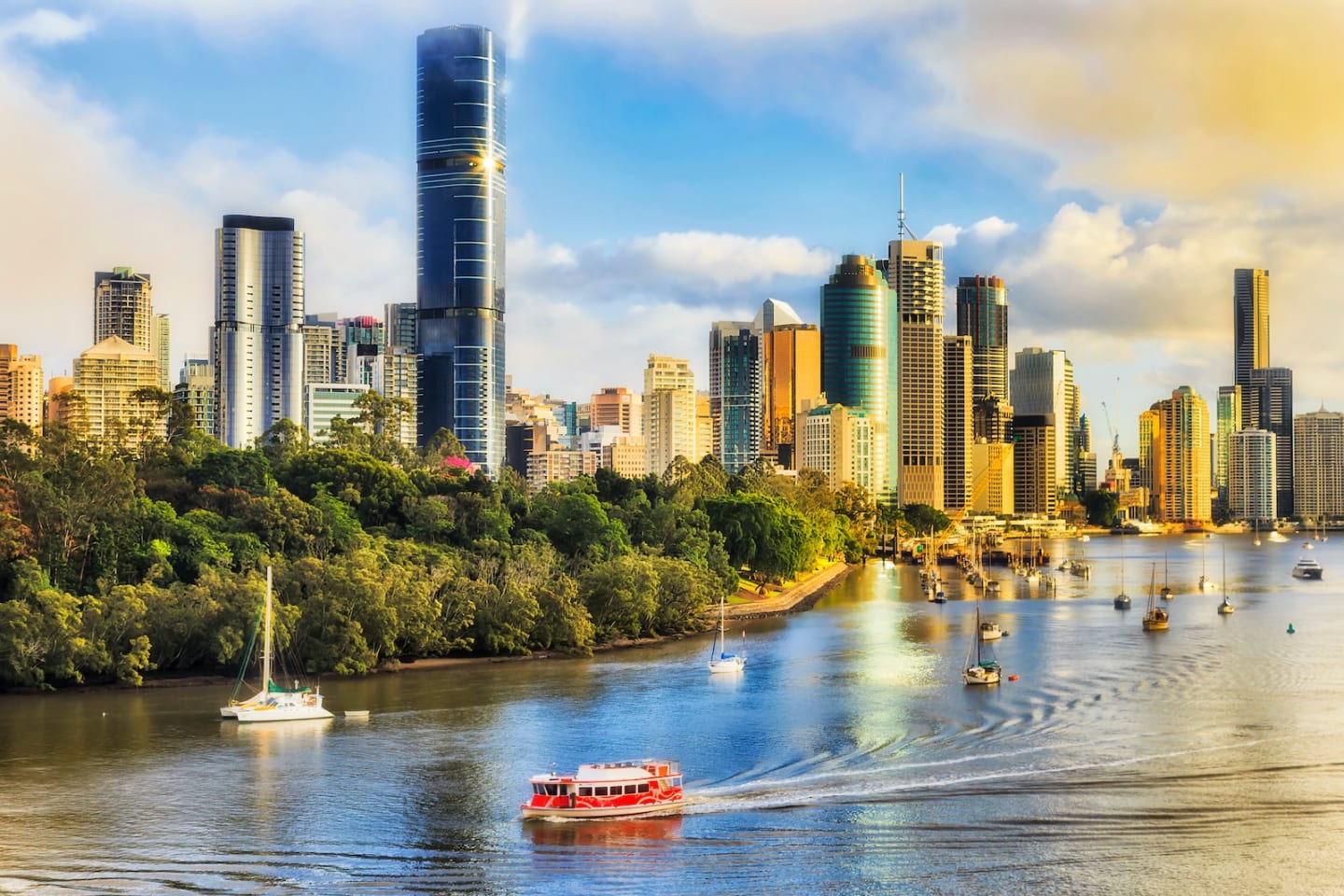Exodus to affordable lifestyle not just moving to the beach: Hotspotting's Terry Ryder
OPINION
The exodus to an affordable lifestyle has become the dominant trend in Australian real estate across the nation.
But many people believe - mistakenly – that this means that Australians are moving en-masse to the beach.
This speaks to a fundamental misunderstanding of what is meant by the term “lifestyle”.
The reality is that the “lifestyle” means different things to different people – and, as a consequence, Australians are not just moving to the coast.
Australians are moving in large numbers from the largest cities to some of the smaller capital cities and also to regional areas inland.
Brisbane, Hobart, Darwin, Adelaide – our smaller capital cities are gaining population from this trend, as are inland regional centres like orange, Tamworth, Goulburn, Wagga Wagga, Mudgee, Toowoomba, Gympie, Ballarat, Bendigo and Mildura.
So while coastal locations like the Central Coast in New South Wales and the Sunshine Coast in Queensland have been major beneficiaries, many of the locations getting the biggest uplift are hours away from the nearest beach.
The Exodus to Affordable Lifestyle trend really started with people moving from Melbourne to regional centres in Victoria. This trend has been under way for at least the past 3-4 years.
Many of the suburbs of Ballarat have had double-digit growth in their median house prices in the past year, with Soldiers Hill up 18% and Buninyong rising 22%. Virtually every suburb of Bendigo has grown more than 10% in the past year, with many of them rising by between 15% and 20%.
Several hours from Melbourne, Warrnambool is up 13% in 12 months, Shepparton has grown 11% and Mildura is up 10%.
The trend is also seen large numbers of Sydney residents moving to regional areas of New South Wales and to other parts of Australia.
In various parts of regional NSW, median house prices have risen 13% in orange, 20% in Bowral, 12% in Parkes,11% in Mudgee and above 15% in some suburbs of Wagga Wagga.
All these places have rising prices on the back of a big uplift in sales activity, boosted by demand from major cities.
The population data shows that Sydney has been losing population to internal migration for the past 10 years and that Melbourne has also been losing population through people moving to other parts Australia for at least the past three years.
Clearly, in many cases, the relocation of people has not been to the coast but to regional cities and towns inland.
This is because “lifestyle” can mean living in a town where there is a strong sense of community or living in a place where there are no traffic lights and you can get a park in the main street.
People value the safety and security available in regional centres. These places are often seen as good places to raise a family. Many regional centres have good schools, including private schools, and all the facilities and amenities that families need to lead comfortable and fulfilling lives.
I live in a hill change town in Queensland where the median house price has risen 22% in the past year, because it’s a perfect fit the Exodus to Affordable Lifestyle trend.
This location is not about beaches, although they’re only 30 minutes away. It’s about green hills, clean air, a strong sense of community, safety, access to good schools and ease of parking (although it’s getting harder). There are no traffic lights in this town.
It’s a strong area for arts and crafts, has a great music scene and there are lots of good places to eat. I wouldn’t want to live anywhere else. Lifestyle.
And I work from a home office. As a researcher and writer, I have no need to be in the big, expensive, congested capital cities, apart from the occasional visit to meet clients or speak at a seminar.
Terry Ryder is the founder of hotspotting.com.au
ryder@hotspotting.com.au
twitter.com/hotspotting
